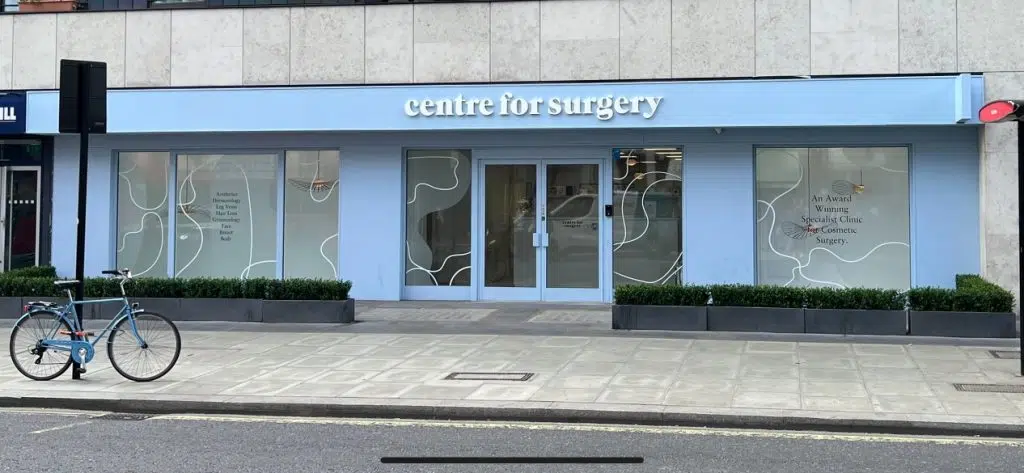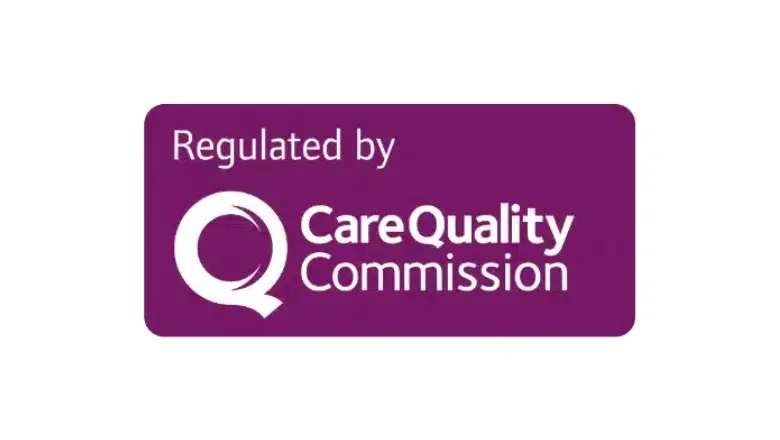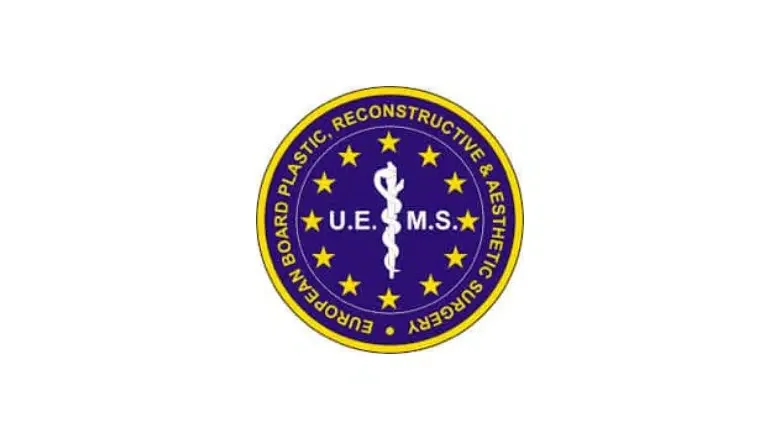Does tanning improve surgical scars or make them worse?
If you have recently undergone a cosmetic procedure such as breast augmentation or abdominoplasty, also known as a tummy tuck, you’re likely seeking effective methods to diminish the visibility of your post-operative scars. Enhancing the texture and appearance of these surgical scars can be of paramount importance, as the end goal of cosmetic surgery is to augment one’s physical appearance.
RELATED: FAQs After Cosmetic Surgery
In the quest to achieve this objective, there are several minimally invasive interventions designed to treat conspicuous scars. However, it is worth noting that these procedures can be costly and often necessitate a certain period of recovery, thus requiring you to dedicate additional time for recuperation post-procedure.
In light of the potential costs and downtime, several patients are exploring alternative solutions to improve the look of their surgical scars. Tanning is one such method that many consider employing as part of their post-operative skincare regime. This approach involves darkening the skin in an attempt to make scars less noticeable.
Before you choose to pursue tanning as a means of addressing your post-surgical scars, it’s vital that you thoroughly explore the safety implications. Consider if this is a safe and suitable option in your particular circumstances.
RELATED: Essential Preparations Before Your Plastic Surgery: A Comprehensive Checklist
How do scars develop?
Scars are an inherent component of your body’s recovery system. They are typically the end result of most injuries, altering the skin’s texture and appearance in the process. Understanding the development of scars requires a clear comprehension of the distinct stages of wound healing. Here’s a more in-depth look at the process:
1. Inflammatory phase: This stage commences when the dermis, the deeper, thicker layer of your skin, sustains damage. In response, the body instigates a series of protective measures. It prompts the blood vessels within the wound to contract, helping to form a blood clot. This clot halts bleeding and forms the first barrier against potential infections. Once the bleeding ceases, the blood vessels then expand, allowing white blood cells to flood in to combat any infection, and other pivotal cells to commence the repair of the damaged tissues. Consequently, the wounded area may appear red, swollen, warm and painful. After several days, a protective scab develops on top of the affected area.
2. Proliferation phase: Following the inflammatory phase, the proliferation phase sets in. During this stage, granulation tissue, laden with collagen — the skin’s primary structural protein — advances towards the wound site, filling any gaps. Concurrently, fresh blood vessels take shape within this new tissue, supplying oxygen and nutrients to the cells, and aiding in removing waste products. As the wound edges are gradually drawn together, the size of the wound starts to decrease, marking the commencement of the wound closure process.
3. Maturation phase: Initiated several weeks after the injury, the maturation phase is the final and most prolonged stage of wound healing. During this phase, unneeded blood vessels start to diminish and a new, more robust type of collagen replaces them. As the wound continues to contract over time, the damaged area is sealed off permanently with collagen scar tissue. As a result, the healed area often appears rough, slightly raised and visually different from the surrounding skin.
Does tanning have a beneficial effect on cosmetic surgery scars?
Typically, cosmetic surgery scars exhibit a hypopigmented appearance once they have fully matured, meaning they are lighter in colour compared to the surrounding skin. Nevertheless, recent research conducted with both darker-pigmented and lighter-pigmented patients with cosmetic surgery scars demonstrated that excessive exposure to the sun could potentially result in hyperpigmentation, causing the scars to darken.
Further research has suggested that extended exposure to sunlight during the critical wound healing phase can notably increase the risk of scar pigmentation. From these findings, it can be inferred that minimising exposure to sunlight during the healing process may aid in preventing hyperpigmentation of the healing wound.
These studies suggest that tanning, whether achieved through sun exposure or the use of artificial methods such as spray tans, could negatively impact the aesthetic outcome of surgical scars. Therefore, it appears that tanning does not offer beneficial effects on cosmetic surgery scars and may instead contribute to undesired pigmentation changes, potentially worsening the appearance of these scars. It’s always recommended to discuss any concerns or queries about post-operative care and scar management with your healthcare professional or plastic surgeon.
Procedure-specific guides for minimising scars after cosmetic surgery
- What Do Blepharoplasty Scars Look Like?
- Facelift Scars: What to Expect after Surgery
- What Breast Augmentation Scars Can I Expect?
- Breast Lift Scars – what you need to know
- What Do Breast Reduction Scars Look Like?
- What liposuction scars can I expect?
- How to Minimise Scars after Tummy Tuck Surgery
Top tips for Protecting your Surgical Scars from UV Rays
Following a cosmetic surgical procedure, it’s of utmost importance to safeguard your healing wounds from the potentially damaging impact of UV rays, whether from direct sunlight or tanning beds. Here are some practical tips that can be followed during your recovery period to prevent the hyperpigmentation of surgical scars:
Minimise daytime outdoor activities:
Unless necessary, avoid venturing outside during peak sunlight hours. Extended sun exposure can not only lead to hyperpigmentation but also provoke other adverse skin reactions, such as itching and irritation, which could potentially delay the healing of surgical incisions.
Wear UV-protective clothing:
Opt for long-sleeved tops, full-length trousers, or other types of clothing made from thick, tightly woven fabric that prevent UV rays from reaching your healing wounds. In some cases, there are clothes specifically designed to provide a high Ultraviolet Protection Factor (UPF).
Apply sunscreen with SPF 30 or higher:
Sunscreen serves as a protective barrier against harmful UV rays penetrating your skin. Those with an SPF of 30 or higher can block approximately 97% of the sun’s ultraviolet rays, offering substantial protection to your surgical scars.
Refrain from using tanning beds:
Despite their name, tanning beds can lead to more than just hyperpigmentation of surgical scars. They are known to cause damage to skin cells, leading to visible signs of premature skin ageing. More seriously, the use of tanning beds has been linked to an increased risk of skin cancer.
Avoid using spray tan on surgical incision lines:
Your healing wounds might react differently to the colour of the spray tan product, potentially leading to uneven pigmentation compared to the surrounding skin. Therefore, it’s best to avoid using spray tan on or near the incision sites.
Remember, the care you give your scars in the weeks and months following surgery can greatly influence their final appearance. Consult with your healthcare professional or plastic surgeon for more personalised advice related to scar care post-surgery.
Schedule a consultation at Centre for Surgery
Considering cosmetic surgery but concerned about the potential for surgical scars? If so, don’t hesitate to arrange a consultation with one of our highly skilled surgeons at the Centre for Surgery. They can provide a comprehensive understanding of the procedure you’re considering, including possible outcomes and any associated scarring. Feel free to complete and submit the enquiry form below for more information. Our team is here to guide you through each step of your journey.










